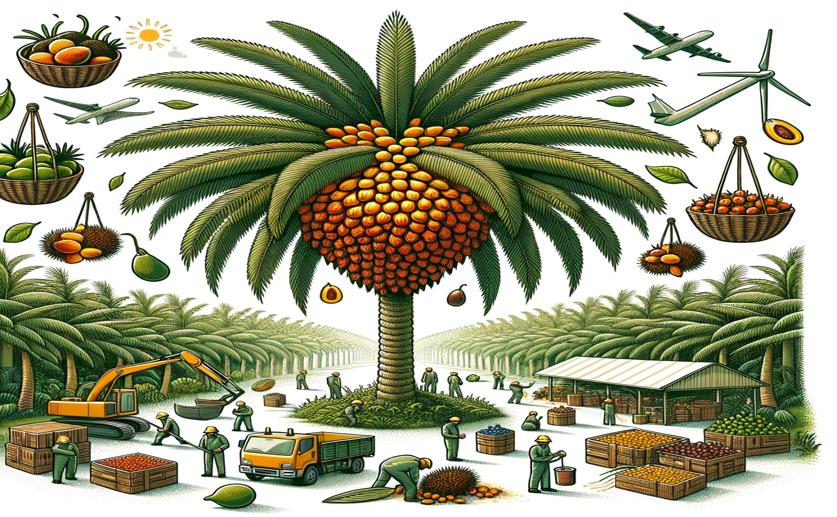
Exploring Sustainable Commercial Use of Palm Fruits
Greg Howard
1st June, 2024

Image Source: Natural Science News, 2024
Key Findings
- The study assessed the potential for sustainable commercialization of four palm fruits in Pando, Bolivia
- Açaí has the highest potential due to its abundance, strong demand, and institutional support
- Majo has medium potential but needs better processing techniques to improve its market viability
FruitsAgricultureSustainability
References
Main Study
1) Uncovering the Potential for the Sustainable Commercialization of Non-Timber Forest Products: Palm Fruits in Pando, Bolivia
Published 31st May, 2024
https://doi.org/10.1007/s11842-024-09562-6
Related Studies
2) Amazonian Native Palm Fruits as Sources of Antioxidant Bioactive Compounds.



 28th May, 2024 | Jim Crocker
28th May, 2024 | Jim Crocker